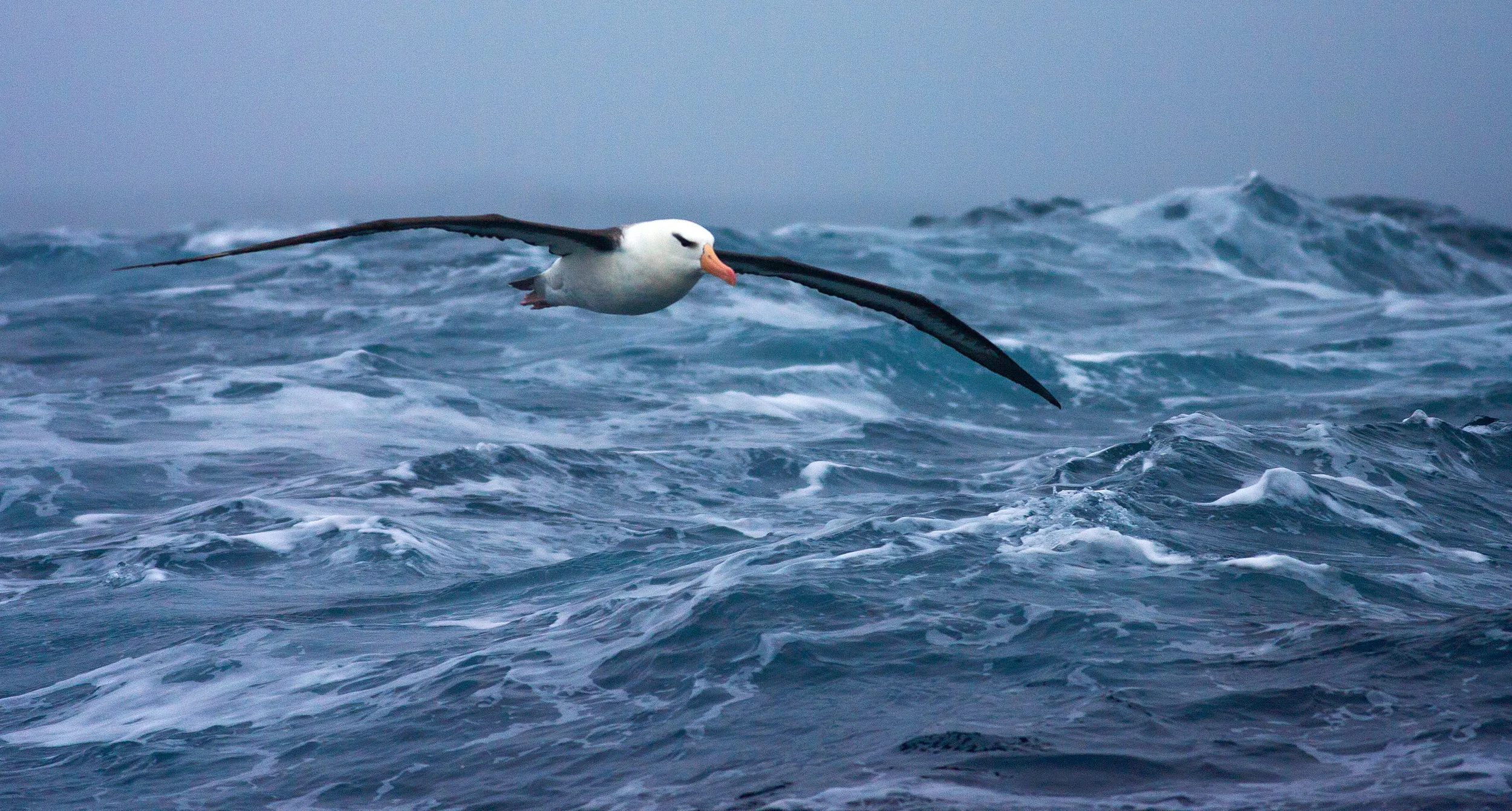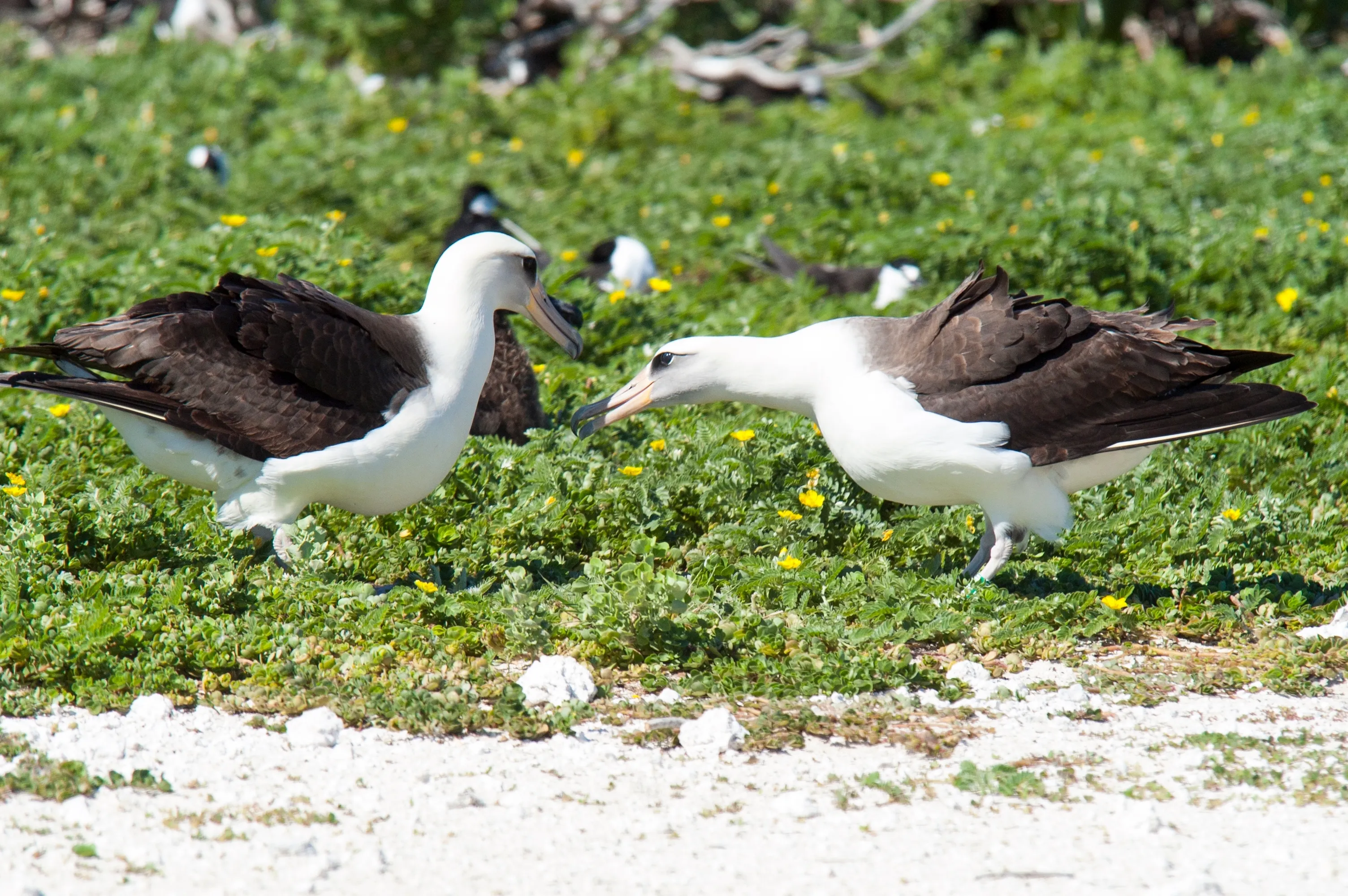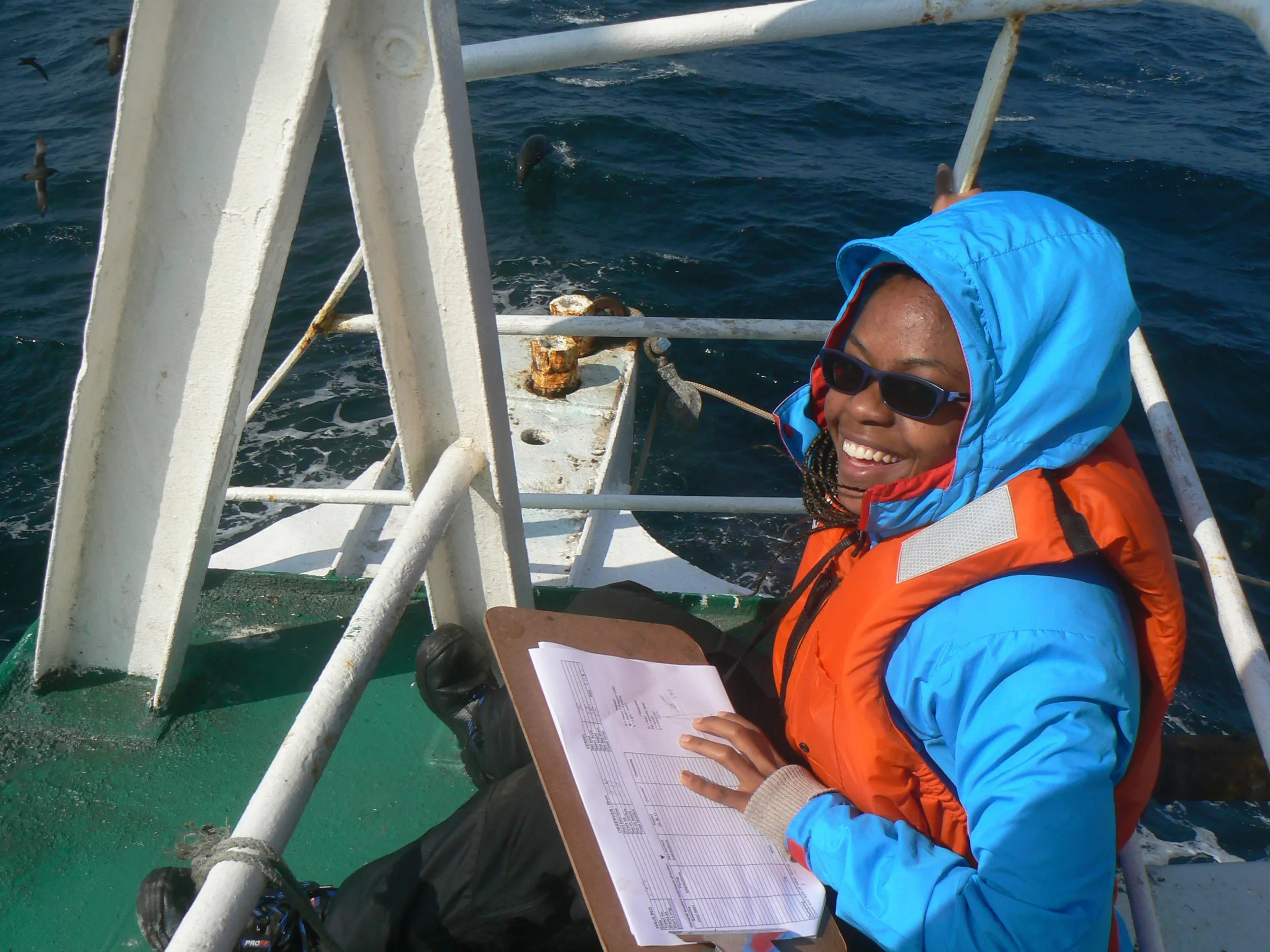News
Win tickets to see the Wild Isles Live Tour
One winner will receive a pair of tickets to join Alastair Fothergill, Wild Isles producer, for an inspiring evening of ...
February is often associated with love and it’s no coincidence that for many birds it’s also a time of courtship. With the world’s oldest known bird, a 73-year-old albatross, also back on her breeding grounds, we take a look at these legendary birds, their fascinating behaviours, and how the Albatross Task Force is working to protect albatrosses across the world.

The return of Wisdom, a Laysan Albatross, to the Midway Atoll National Wildlife Refuge off the coast of Hawaii has delighted conservationists and romantics alike. First identified in 1956, Wisdom is estimated to be 73 years old and is thought to have fledged as many as 30 chicks in her lifetime. It’s a remarkable achievement and reflective of a species often feted for its fascinating lifestyle.
Albatrosses are large, long-winged seabirds that spend their lives soaring over the seas. They are powerful birds, able to glide across oceans by harnessing strong ocean winds, barely needing to flap and rarely needing to land. The giant of the family is the Wandering Albatross, with a wingspan of 3.5 metres – the largest of any bird – and able to cover 900km in a single day.
There are 22 species of albatross found across the world, with most found in the Southern Hemisphere and three in the North Pacific. They have long inspired legends. Thought to embody the souls of sailors lost at sea, the sight of an albatross would bring luck to those who saw one. To harm an albatross, however, would result in misfortune.

Albatross courtship and breeding behaviour is equally fascinating. Albatrosses can take a few years to find a mate, but when they do most will mate for life. They perform intricate and lengthy courtship dances, both to find a mate and to reaffirm their pair bonds.
Males and females face each other, mirroring each other’s movement, in a display involving a range of set pieces, including:
Sky-pointing. Lower your head, then raise your bill to the sky.
Sky-calling. Spread your wings, then raise your bill to the sky and call.
Preening. Raise your head then turn to tidy your breast or side feathers.
Rattling. Clap your bill open and closed to make a noisy rattle.
Albatrosses first learn their moves in groups of young birds. Performances can last up to an hour and are repeated, as birds consider a potential partner’s compatibility for a long-term relationship. As time passes, the gatherings become smaller, birds pair off and develop a dance that’s unique to their relationship. It’s these dances that the birds perform to each other when they pair up again each year.

Albatrosses generally don’t start breeding until they are at least five or six years old. Both parents contribute equally to raising the next generation. They take turns incubating the eggs for around two months until they hatch, then the parents take alternate fishing trips to gather food.
Chicks are fed with an oily liquid made in the adult birds’ stomachs. It’s rich in nutrients, making it ideal for young albatrosses. Parents can also store this ‘food’ in their stomachs, reducing the need for frequent foraging.
Around five and a half months after hatching, albatross chicks begin their attempts to take flight. Then once fully fledged the cycle starts again as the young birds set off to sea, journeying for up to six years before they return to land in search of a mate.
The adult birds, too, return to sea, with pairs separating and only reuniting when they return again the next year to breed.
-chick-with-adult-on-cliff.jpg)
Sadly, however, these remarkable birds are struggling with 15 of the 22 albatross species threatened with extinction.
Like many seabirds, albatrosses frequently scavenge for bait or leftover fish near fishing boats, lured by the prospect of an effortless meal. However, the techniques employed by these fishing vessels can turn out to be lethal with thousands accidentally caught and killed in fishing gear.
With so many albatross species in need of help, the RSPB and BirdLife International established the Albatross Task Force.
The Albatross Task Force is working internationally to reduce — and where possible eliminate — seabird bycatch in some of the world’s deadliest fisheries. A range of simple and effective mitigation strategies have been employed, including bird-scaring lines and the weighting of hook lines to enable them to sink quickly beyond the reach of foraging birds.
Albatross bycatch has been reduced by 99% in hake trawl fisheries in South Africa and seabird bycatch in the Namibian hake longline fleet has been reduced by 98%. This shows what can be achieved when industry, governments and NGOs work together. Experimental trials have demonstrated repeatedly that seabird bycatch reductions are possible when bird-safe fishing practices are incorporated into daily routines.

While there remains much to be done to ensure that albatross species are no longer at risk of extinction, the Albatross Task Force is making great strides in their conservation. Working together, we can secure a future for these magnificent creatures, helping birds like Wisdom and her descendants to flourish.